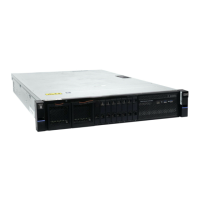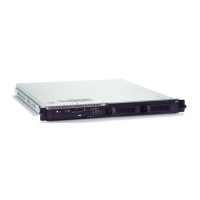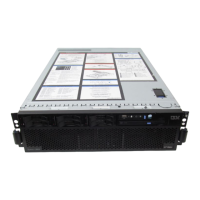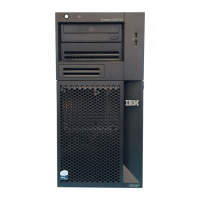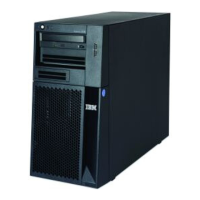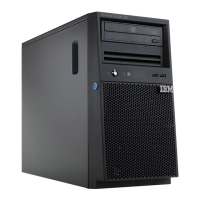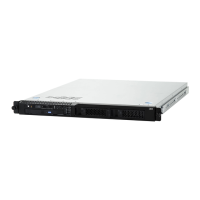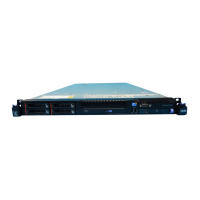• The rack must have a safe electrical distribution system. It must provide overcurrent protection for the
enclosure and must not be overloaded by the total number of enclosures installed. The electrical power
consumption rating that is shown on the nameplate should be observed.
• The electrical distribution system must provide a reliable ground for each enclosure in the rack.
Power requirements for each power supply (two per enclosure)
Ensure that your environment meets the following power requirements. To aid in power and cooling
requirements planning, Table 5 on page 9 lists the rating of each power supply unit (PSU) by enclosure.
The power that is used by the system depends on various factors, including the number of enclosures and
drives in the system and the ambient temperature.
Table 5. Power specications per power supply
Model and type PSU
Input power
requirements
Maximum input
current
Maximum power
output
control enclosure 2000 W
200 V to 240 V
single phase AC
At a frequency of
50 Hz or 60 Hz
IEC C14
standardized
10 A 2000 W
The power and thermal measurements that are shown in Table 6 on page 9 were obtained in the
specic operating environment and under the conditions described. These measurements are presented
as an illustration; measurements that are obtained in other operating environments might vary. Conduct
your own testing to determine specic measurements for your environment.
Each enclosure contains two PSUs for redundancy. The total power consumption values represent the
total power that is drawn by both PSUs.
Environmental requirements
System airflow is from the front to the rear of each enclosure:
• Airflow passes between drive carriers and through each enclosure.
• The combined power and cooling module exhausts air from the rear of each canister.
Ensure that your environment falls within the ranges that are shown in Table 7 on page 9.
Table 7. Temperature requirements
Environment
Ambient
temperature
Altitude Relative humidity
Maximum wet bulb
temperature
Operating 5°C to 35°C
(41°F to 95°F)
0 - 3048 m
(0 - 10000 ft)
8% to 80%
noncondensing
23°C (73°F)
Non-operating 1°C to 50°C
(34°F to 122°F)
-305 to 12192 m
(-1000 to 40000 ft)
8% to 80%
noncondensing
27°C (80°F)
Storage 1°C to 60°C
(34°F to 140°F)
5% to 80%
noncondensing
29°C (84°F)
Shipping -40°C to 60°C
(-40°F to 140°F)
5% to 100%
condensing, but not
precipitating
Chapter 1. Planning 9

